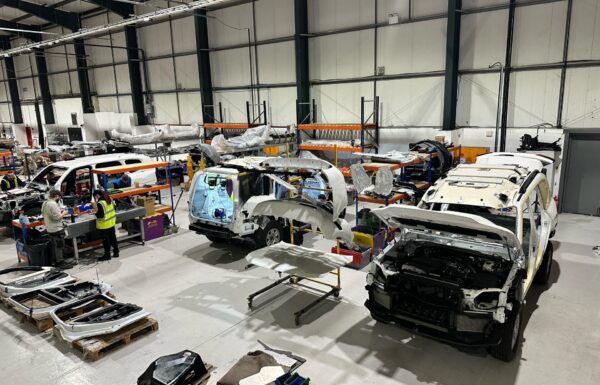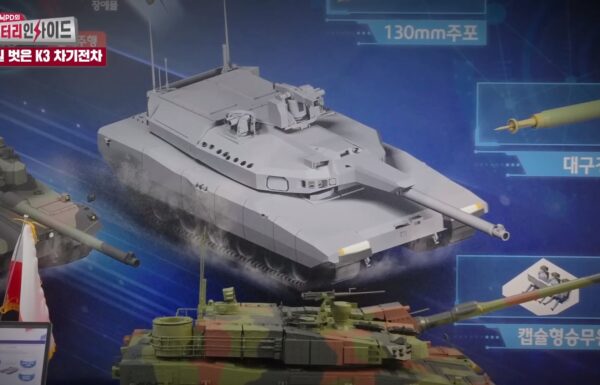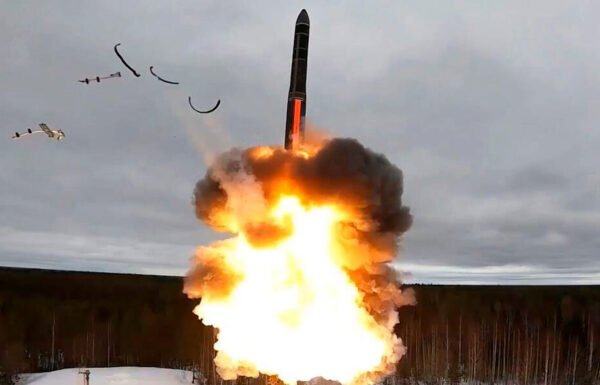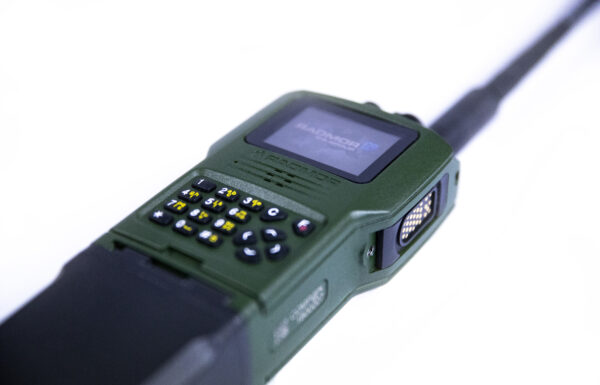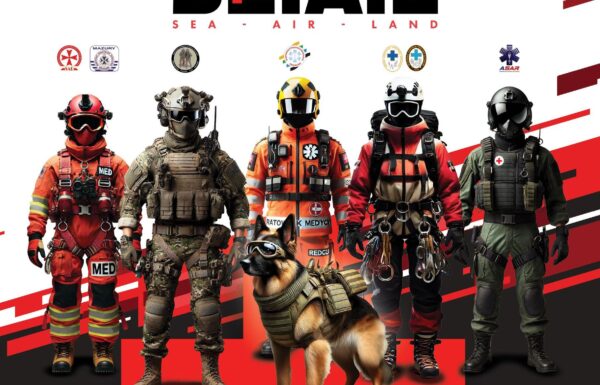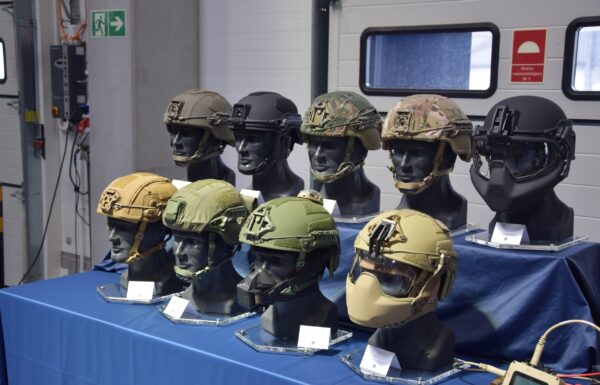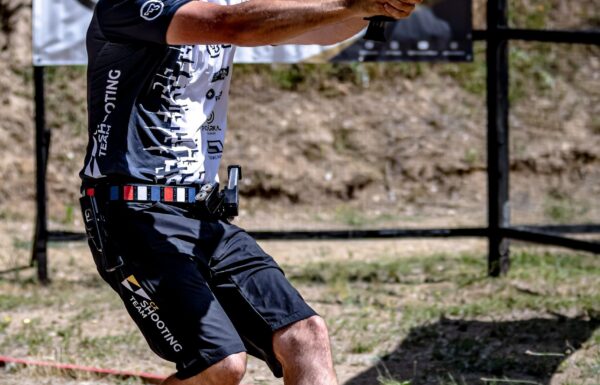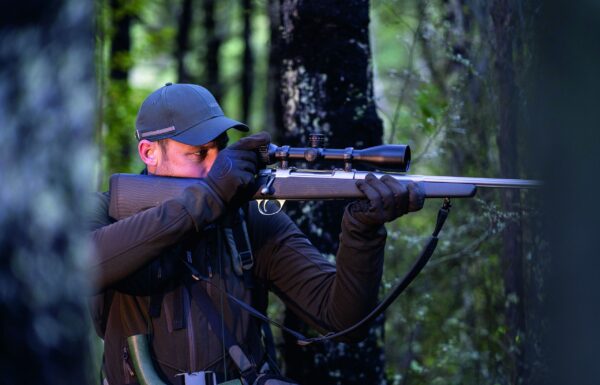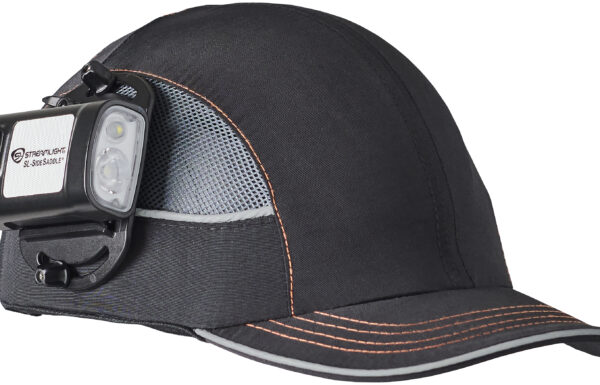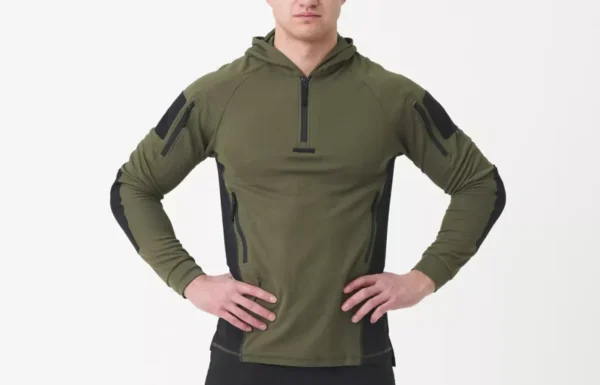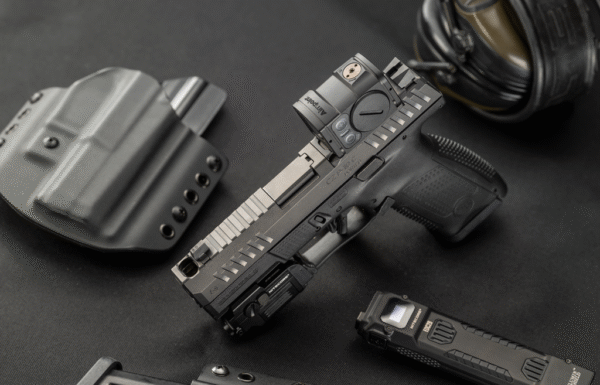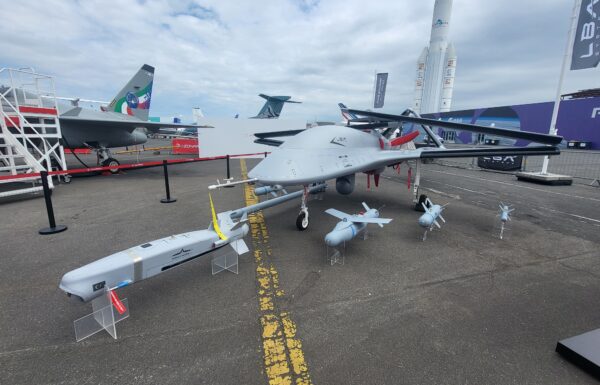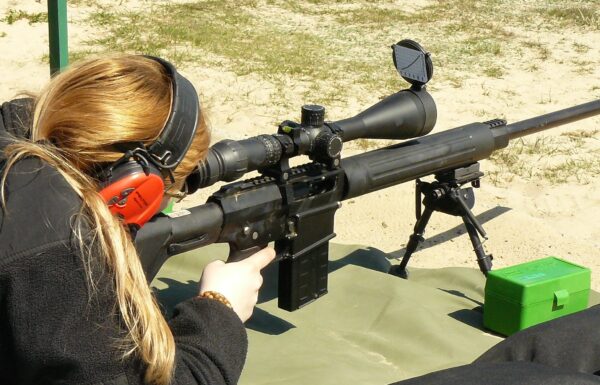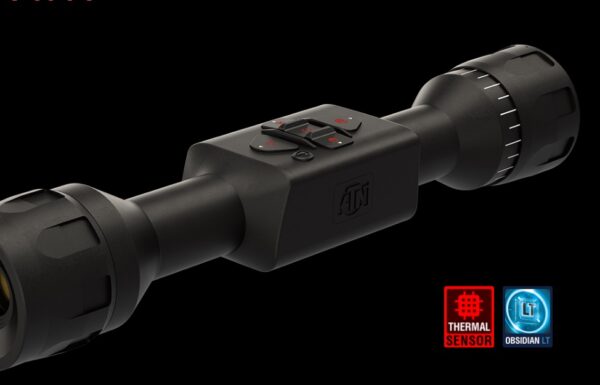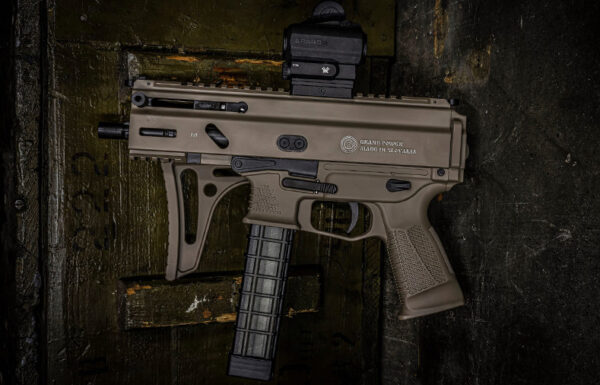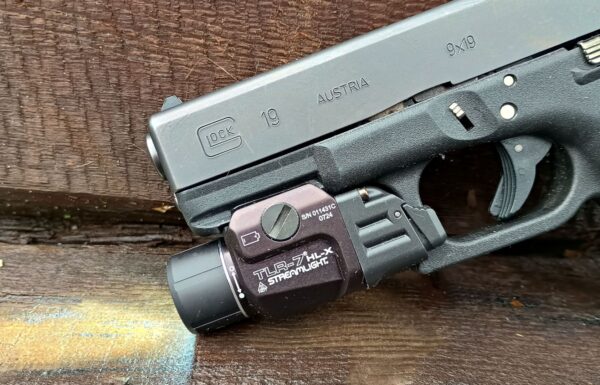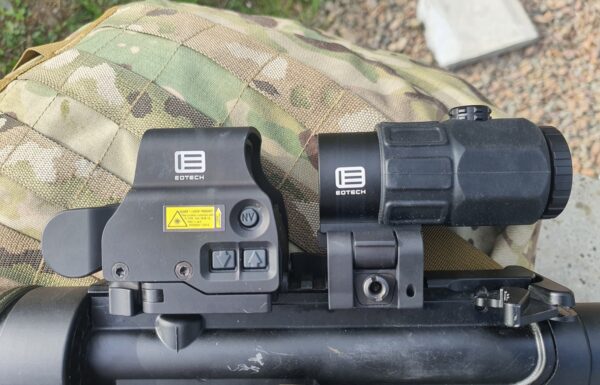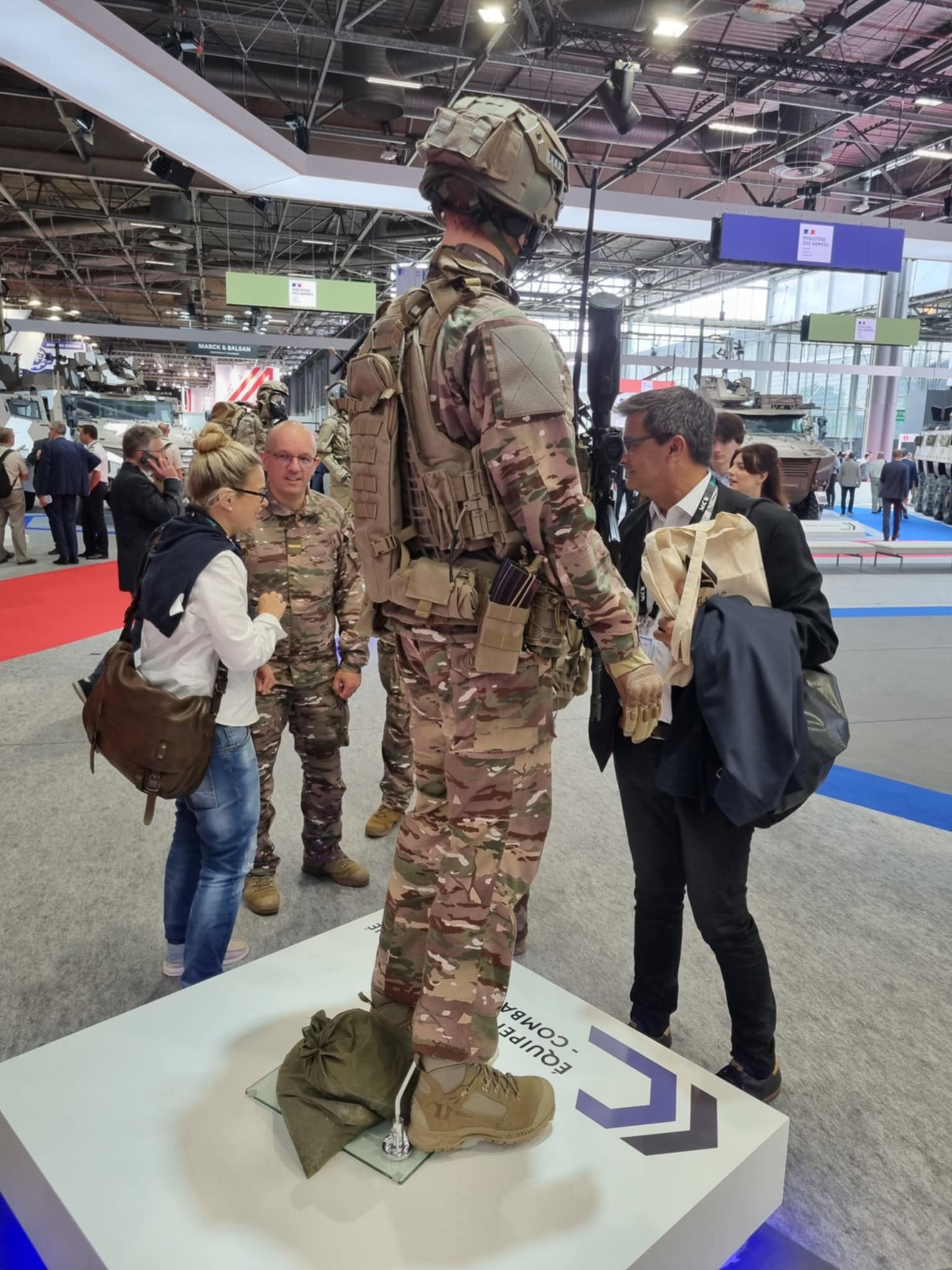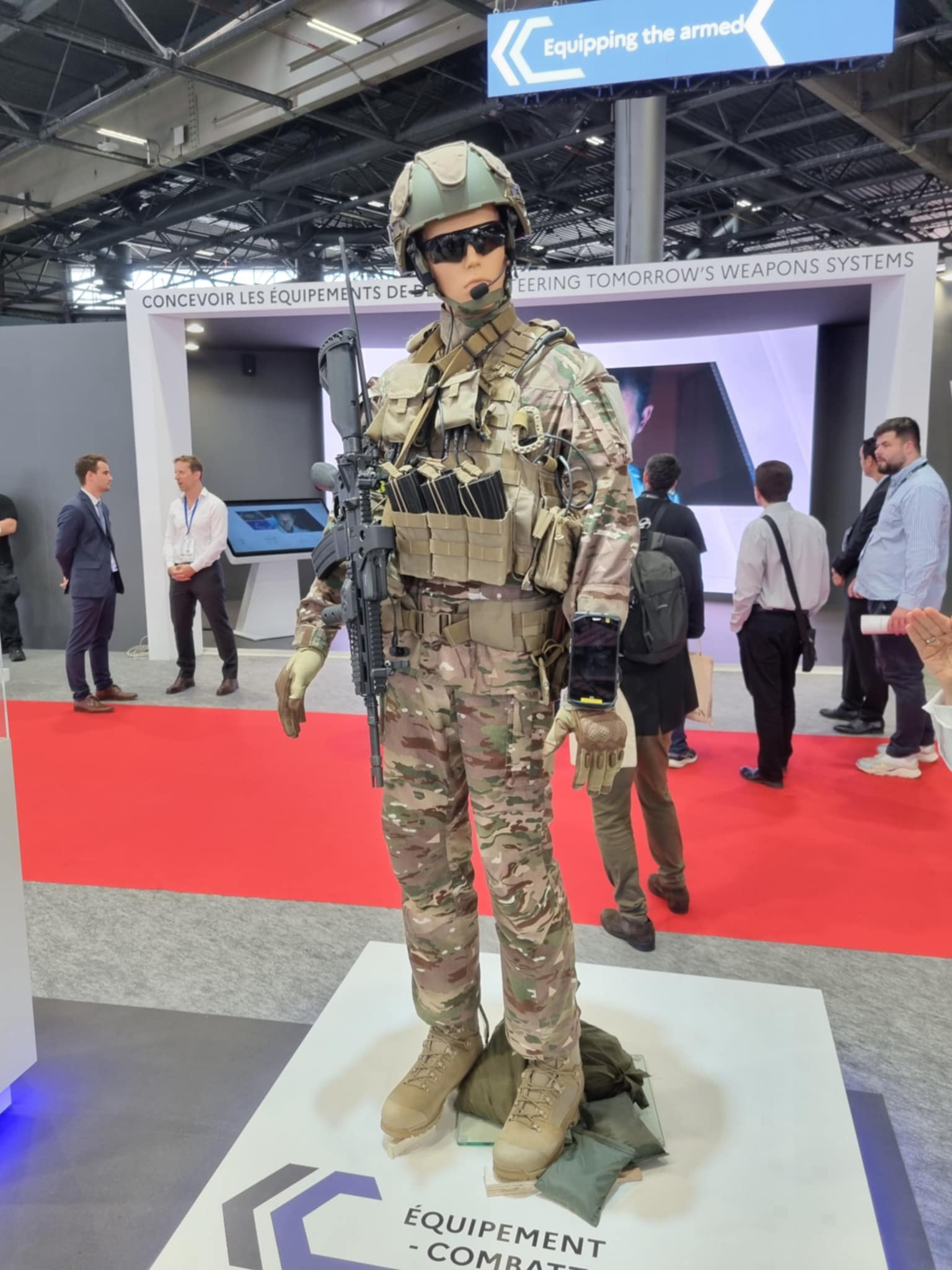On Friday, December 13, 2024, the press service of the 7th Armored Brigade of the French Army (7e Brigade blindée Armée de terre) announced on social media that soldiers of the 5th Infantry Regiment (5e régiment de dragons) based in Mailly-le-Camp, part of the brigade, were the first in the armed forces to receive the new F3 BME (F3 Bariolage multi-environnement) uniforms featuring the new camouflage pattern.
Since 1994, the French Army has been using uniforms with the BCE (Bariolage Centre Europe) camouflage pattern, which is similar in design to the American M81 Woodland. It replaced the TAP 47 camouflage and F2 uniforms in khaki. In 2018, a 50 million EUR contract was signed for new uniforms in the BCE camouflage. French military uniforms use two variants of BCE: Uniform T3 and Uniform T4. In 2019, it was announced that the standard uniform in BCE camouflage would be the Tenue Combat F3. Now, the implementation of its successor has begun: the F3 uniform in BME (Bariolage Multi-Environmental) camouflage.
The multi-environment camouflage was selected in May 2022 after six years of evaluation following the program’s initiation by the Military Commissariat Service (Service du Commissariat des Armées, SCA), the Directorate General of Armament (Direction générale de l’Armement, DGA), and the Technical Section of the Army (Section Technique de l’Armée de Terre, STAT).
As explained by STAT, the selected pattern incorporates six color shades compliant with the NORMDEF 00001 standard. These shades are derived from research conducted across various regions of the world, enabling the camouflage to blend into any environment. Its development also drew inspiration from American and British experiences. Nevertheless, it features distinctly French characteristics, such as the earthy brown shade “brun terre de France” and triangular elements, which are also found in the camouflage scheme for armored vehicles under the SCORPION program (Synergie du COntact Renforcée par la Polyvalence et l’InfovalorisatiON).
“Some of these elements enhance camouflage effectiveness at medium distances, deceiving the enemy’s eye,” STAT explains. “To maintain effectiveness at various distances, the pattern consists of a mix of large, complex, broken shapes, softened with gradient effects and small, sharp speckles.”
According to conducted tests, the new uniform increases the time required to detect a soldier wearing it by 25%.
The cost of equipping the entire army personnel with F3 BME uniforms was initially estimated at 200 million EUR. At the end of 2022, the SCA announced it would first order enough material to produce at least 300,000 new uniforms.
Since then, there had been little information on the program’s progress, prompting parliamentary inquiries to the Ministry of Armed Forces. However, the recent announcement about the rollout of the new uniform has dispelled doubts.
According to the current schedule presented by the ministry on December 12, all soldiers of the 7th Armored Brigade, due to their deployment in Romania, will receive the new uniform by spring 2025. The remaining army brigades are scheduled to be equipped by December 2025.
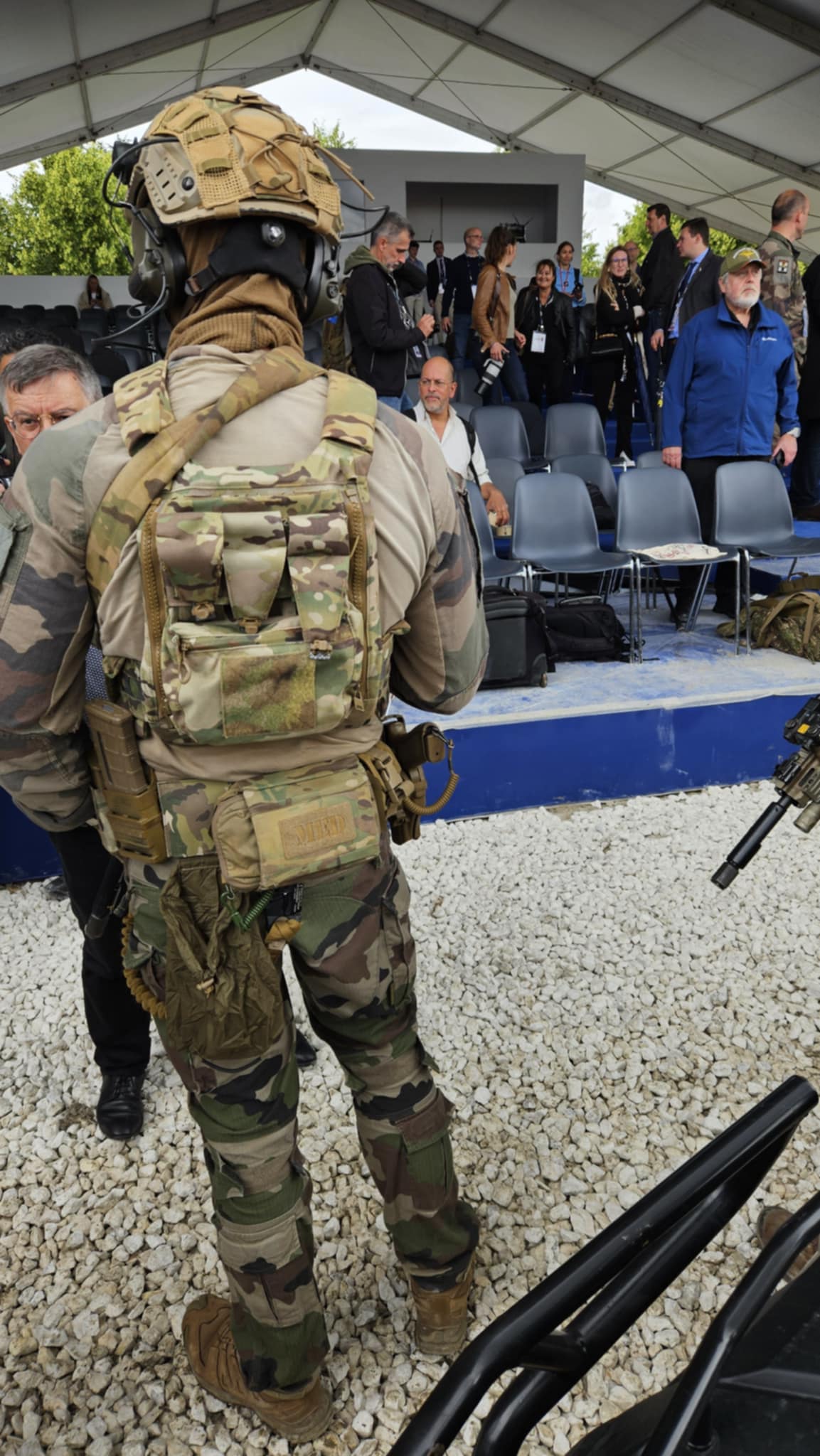 At the Eurosatory 2024 exhibition, an older type of uniform with equipment from the Polish company Direct Action was showcased / Photo: Jakub Link-Lenczowski, MILMAG
At the Eurosatory 2024 exhibition, an older type of uniform with equipment from the Polish company Direct Action was showcased / Photo: Jakub Link-Lenczowski, MILMAG


